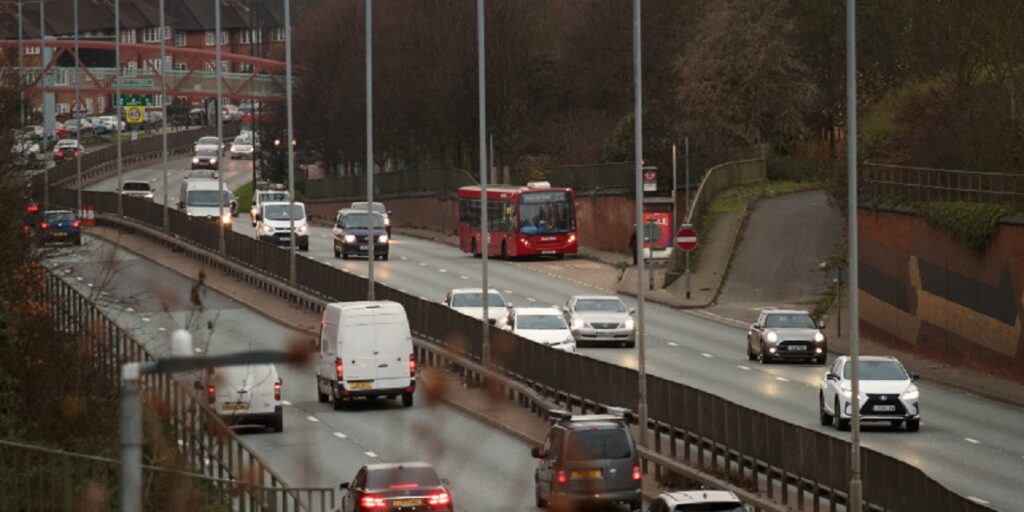
Introduction
As we arrive in the final quarter of our Innovate UK sponsored project and with an ongoing Covid pandemic, it is worth us asking the question why are we bothering with the Pollution Guardian? Let’s start with the facts:
- Poor air quality contributes to reduced life expectancy and a significant number of deaths every year. (ref p.110)
- Motor vehicle emissions are significant contributors (ref p.36) to poor air quality, especially in urban areas.
- Motor vehicle users face the highest level of exposure to air pollutants compared to other modes of transport.
- Significant numbers of people identify poor air quality as a trigger for their respiratory issues.
Thus, we have a significant health and air quality issue, made worse by vehicle use, but which is potentially most harmful to the vehicle users themselves. The obvious solution would be to get more people to drive less or drive more zero emissions vehicles but:
- Changing habits and lifestyle is tricky to pull off.
- Whilst we have achieved remarkable things during the pandemic, are we motivated enough to address the silent killer of poor air quality?
- Unfortunately, the evidence is pointing otherwise as ride as a service and online to home delivery services can push up road congestion and air pollution
- What about electric vehicles?
- The UK government’s stated aim is to ban sales of new combustion engine vehicles starting from 2030/2032/2035 depending on whom you choose to believe.
- This is a potentially worthy objective but there are big challenges: charging points, range anxiety and the affordability of electric vehicles.
So, what can we do about it now?
The Idea
Well, whilst in a car as driver or passenger, you can control your own ventilation by rolling up the windows and using the air recirculation button. This has been shown to have a big impact on exposure to poor air quality . We took the view that it ought to be possible to make an affordable sensor to warn car occupants of poor AQ and so take countermeasures, if we could incorporate existing technology items, smartphones in fact, into the solution. Thus the pollution guardian project was born.
Now we are some way down the line since starting out, how can we assess if what we have been developing could work for people in practice? Our answer: to organise a real life trial incorporating real users, not associated with the project, and let them use the device for a few weeks and listen to their feedback.
- Are they more conscious of their air quality whilst driving?
- Has the use of the Pollution Guardian influenced their behaviour at all?
- What do they like/dislike about the solution?
- Can we show any differences over time from the data that we gather?
Thus we are engaged now in putting together a real life trial and the next blogs will focus on the various aspects around this.
